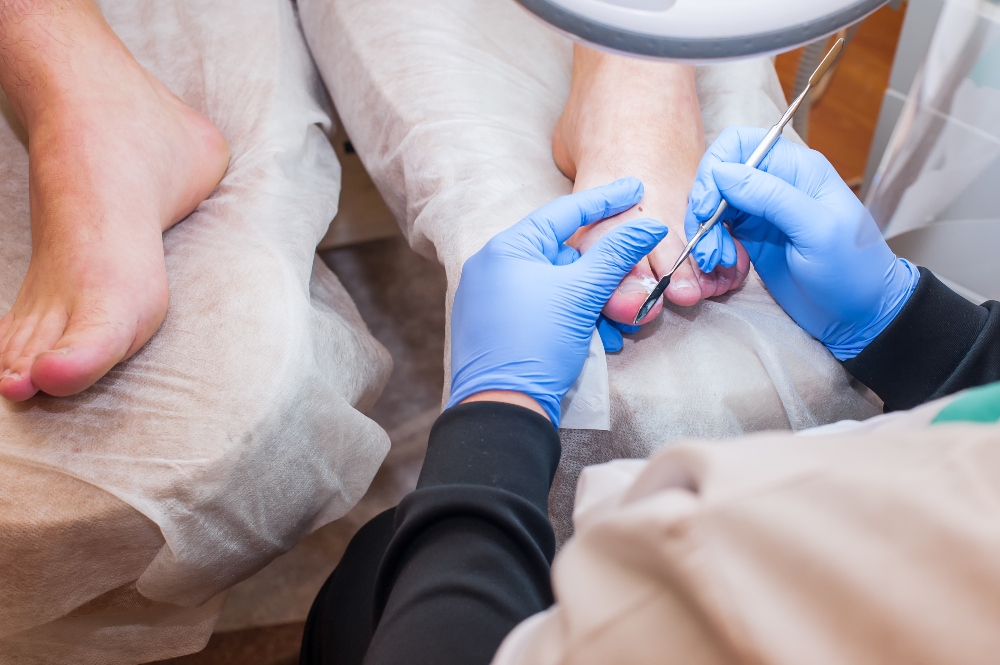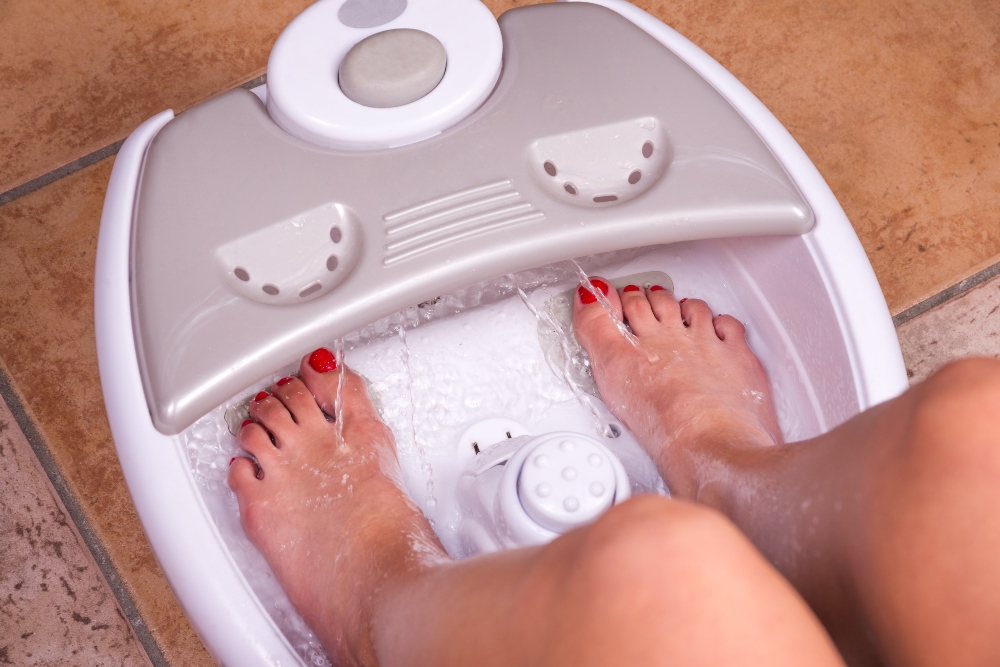Keeping your toenails trimmed short and looking nice is a part of Florida life, where sometimes wearing even casual sandals might make you feel overdressed. Unfortunately, if you get a little too overzealous with your trimming and shaping, an ingrown nail can occur.

Today, we will talk about ingrown nails: how they happen, what to do if you have one, and how you can avoid them:
What’s an Ingrown Toenail?
An ingrown toenail occurs when your nail curves down on one or both sides and digs into your skin. This can be unattractive at first, then become swollen and painful, and eventually, if left unattended, infection can set in. Any toenail can become ingrown, but this problem typically affects the big toe.
Not sure if you have one? Trust us, you would know if you had an ingrown nail— it can be a particularly painful condition. Redness, swelling, pain, and tenderness on the edge of a toe, and eventually signs of infection may present themselves, including small amounts of pus draining from where the nail is digging in to the skin.
How Does An Ingrown Toenail Happen?
Ingrown toenails can happen for a number of reasons, but most commonly, they occur due to wearing shoes that are too tight in the toe. Or, due to cutting your nails too short or rounding the nail, making it shorter on the outer edge than in the middle.
Other causes include genetics; sometimes the nail is just too large for the toe, and physical trauma such as severely stubbing the toe or having the toe directly stepped on or having something dropped on it.
The best way to prevent ingrown nails is to wear properly fitted shoes and socks that protect the feet from impacts and with plenty of room for the toes. Straight across trimming is also essential. Unfortunately, you can’t do much about genetic predisposition.
How Should I Treat An Ingrown Nail?
As soon as you feel like you may have an ingrown nail, you should start home treatment. Early treatment and care can avert the need for surgical treatment. Some steps to follow at home are:
- Give your affected foot a soak in warm water 3 times a day.
- Keep the foot dry and give it plenty of room to move. If you can, wear sandals with open toes until you are in the clear.
- Relieve pain with ibuprofen or acetaminophen as needed.
- Gently lift the edge of the ingrown nail and run some dental floss between the nail and the skin.
- If there is no change in a few days, consult a foot specialist.

What If Home Treatment Doesn’t Work?
If after a few days of soaking and sandals your toe is still tender and not improving, you should seek medical attention. A podiatrist can perform a procedure to remove part of the affected nail, allowing it to regrow properly.
If you have a stubborn ingrown nail, you can find relief with the Foot and Ankle Group by exploring our ingrown toenail services.
Contact us today for an appointment.
Categorized in: Blog